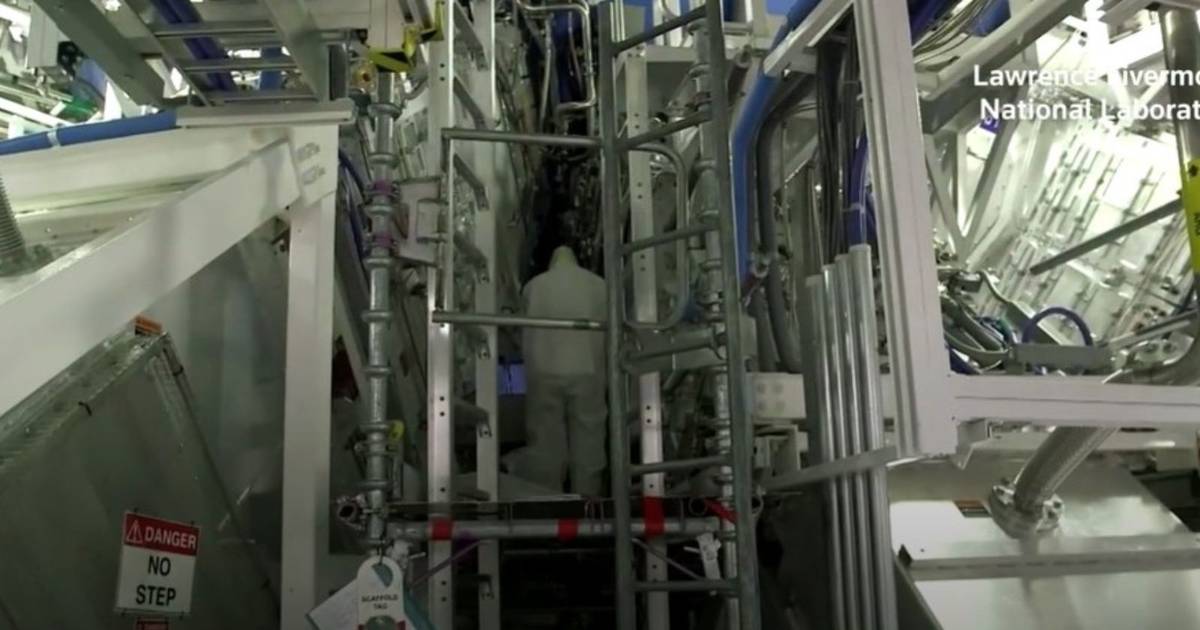American scientists from the research center Lawrence Livermore National Laboratory managed to produce more energy with fusion than they invested, according to the first results of an experiment that can be a turning point in the way we get energy.
Scientists have been dealing with the problem of nuclear fusion and how it would be possible to release excess energy in relation to the investment since the 1950s, and these results, if confirmed, will have historical significance.
It is about the so-called Inercial fusion, which involves bombarding a tiny ball of hydrogen plasma with a laser in an effort to obtain a clean, safe and practically inexhaustible source of energy. In the experiment, the scientists thus managed to release as much as 2.5 MJ of energy, and for its implementation they spent less – 2.1 MJ of energy, writes the Guardian.
– The reach of this kind of success is unquestionable and not an exaggeration. The experiment undoubtedly shows that the physics of laser fusion works – says dr. Robbie Scott for the mentioned portal, which is only one of those responsible for this research.
dr. Tadić: This is good news, but we have to wait for the complete results
dr. sc. Tonči Tadić,head of Croatian fusion activities within the EUROfusion consortium and president of the Council of the European project DONES-PreP, tells us that when interpreting the results, one should still be careful, that is, wait for the full report.
– This is certainly a nice and good news for everyone. This is about inertial fusion, where a miniature capsule is taken and fired with lasers. Although in this experiment they got 2.5 MJ of energy after using 2.1 MJ for heating, no one here says how much energy was used for pumping the laser, which can turn out to be more than 2.1 MJ – explains dr. Tadic.
He adds that from the current stage to the creation and design of the fusion power plant, there are countless questions that we still do not have an answer to, but that such news is certainly encouraging that such a thing will one day be possible.
